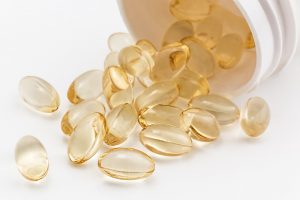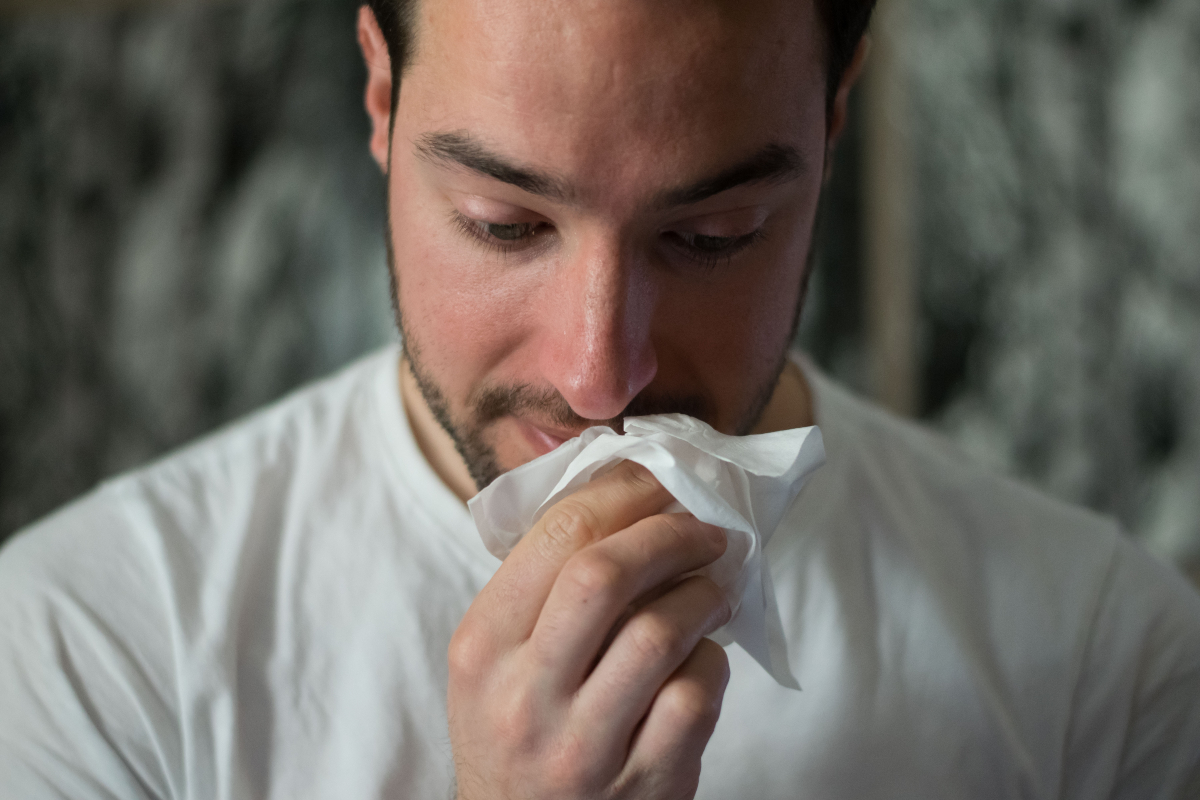Want to vaccinate yourself against Alzheimers Disease now? Vaccinating against influenza today can reduce your risk of developing Alzheimer’s disease in the future by 40%!
A recent report by the CDC estimates that this season’s vaccine is about 40%-60% effective in flu prevention, and vaccination remains the single most effective intervention you can make for prevention. While no vaccine is perfect, any reduction in the incidence of influenza is a smart strategy. Considering the compounding risks from COVID-19, preventing the flu becomes even more important this year. And since you can also reduce the risk of developing Alzheimer’s by over 40% with a simple flu vaccination, the choice to vaccinate is a no-brainer.
Reporting In the June 2022 issue of the Journal of Alzheimer’s Disease, researchers from the University of Texas School of Public Health compared the incidence of Alzheimer’s Disease (AD) in 935,887 matched pairs of flu-vaccinated and unvaccinated individuals (1,871,774 total patients) who had not experienced dementia during the preceding six years and had not yet turned 65 at the beginning of the follow-up. They found that even a single flu vaccination reduced the risk of AD by 40%. They also observed that yearly vaccination continued to reduce AD incidence during the 6 year follow-up.
The greater the number of flu vaccinations a patient had, the greater the reduction in Alzheimer’s
Furthermore, the greater the number of flu vaccinations a patient had during the 4-year followup, the greater the reduction in AD. Up to 6 vaccinations were followed, and reduction reached over 50% at 48 months. Researchers observed a declining AD protection after 4 years since the last flu vaccination.
To improve upon these 40-60% influenza reduction form vaccination, we also recommend that our vaccinated patients also address overall immune system health with anti-viral strategies that do not depend on the specific strain of flu to which you are exposed. Taken together, we recommend you be vaccinated and follow common sense preventive strategies and support your immune system for a maximum 2023 flu prevention strategy.
When is the flu season?
The CDC notes that flu season’s timing varies from year to year — it can peak from as early as October to as late as May, with highest outbreaks in February.
Did you know the most common flu medication, Tamiflu, is derived from the spice Star Anise?
2023 flu prevention: What else can I do to avoid the flu?
Since no flu shot can guarantee complete immunity, we advocate that the following can provide a measure of protection that may improve the 45% protection offered by available vaccines.
#1 Wash your hands with soap and water for 20 seconds!
Obvious, but we often forget how important this is for preventing viral spread.
#2 Echinacea purpurea
Echinacea stimulates immune cells to release more anti-viral molecules and decreases virus-induced inflammatory pathways. The most relevant mechanism of Echinacea for the flu virus is through the Hemagglutinin receptor (the “H” in H3N2). This is the receptor that the virus uses to enter the cell and Echinacea binds directly to the Hemagglutinin receptor, thereby blocking entry of any flu virus, regardless of the specific strain. The key is that the Echinacea components must be in circulation and at high enough doses that they can occupy a significant number of receptors. So, take it preventatively and take higher doses at the first sign of illness or exposure.
#3 Elderberry (sambucus nigra)
Elderberry contains the phytochemical Sambucol, which has been shown to inhibit the replication of influenza virus types A and B and decrease the virulence of the human influenza virus by inhibiting neuraminidase, the “N” in H1N1 and H3N2. The activity of Elderberry tincture against the H1N1 virus was attributed to a variety of flavonoids shown to bind to H1N1 and in H3N2 virions and block the ability of the virus to infect host cells, including the neuraminidase inhibition. In clinical trials, treatment with Sambucol decreased the duration of illness in patients with influenza. This follows the same idea as Echinacea dosing, where it must be in circulation at the time of exposure.
#4 Vitamin D3
Vitamin D strengthens your innate immunity by making you more impenetrable to any microbe, viral or bacterial. One way that Vitamin D does this is through the upregulation of anti-microbial proteins on the surfaces of the respiratory tract, digestive tract, eyes, skin and urinary tract. Furthermore, D3 seems to inhibit certain viral signaling pathways needed for replication, thereby decreasing the spread through the body. The best way to know if you need vitamin D is to get tested to determine your current levels.
Immunity Kit Dosing:
EHB (Echinacea combo supplement): 3 caps per day preventive, 3 caps 3 times per day at first sign of illness.
Sambucus tincture: 2 droppers twice per day preventive, 2 droppers 4 times per day at first sign of illness.
Vitamin D3: 5,000IU per day preventive, get your levels tested for more precise dosing.
For more on your specific immune needs, call to ask our friendly staff for assistance.

Dr. Noel Peterson, ND, DAAPM, is the Medical Director of Oregon Regenerative Medicine, and has practiced naturopathic medicine in Lake Oswego, OR, since 1978. He specializes in natural and regenerative cellular medicine, including Prolotherapy, PRP (Platelet Rich Plasma), and Autologous Stem Cell therapy. Peterson has taught prolotherapy nationally and internationally. In 2019, the Oregon Association of Naturopathic Physicians (OANP) and National University of Natural Medicine (NUNM) selected Dr. Peterson to be honored with naturopathic medicine’s prestigious Living Legend Award.
References
Pleschka S, Stein M, Schoop R, Hudson JB. Anti-viral properties and mode of action of standardized Echinacea purpurea extract against highly pathogenic avian influenza virus (H5N1, H7N7) and swine-origin H1N1 (S-OIV). Virol J. 2009;6:197.
Zakay-Rones Z, Thom E, Wollan T, Wadstein J. Randomized study of the efficacy and safety of oral elderberry extract in the treatment of influenza A and B virus infections. J Int Med Res 2004;32:132–140.
Zakay-Rones Z, Varsano N, Zlotnik M, et al. Inhibition of several strains of influenza virus in vitro and reduction of symptoms by an elderberry extract (Sambucus nigra L.) during an outbreak of influenza B Panama. J Altern Complement Med 1995;1:361–369.
Beard JA, Bearden A, Striker R. Vitamin D and the anti-viral state. J Clin Virol. 2011;50(3):194-200.
Updated 11/8/23 | Photos by Brittany Colette and Austin Kehmeier on Unsplash




